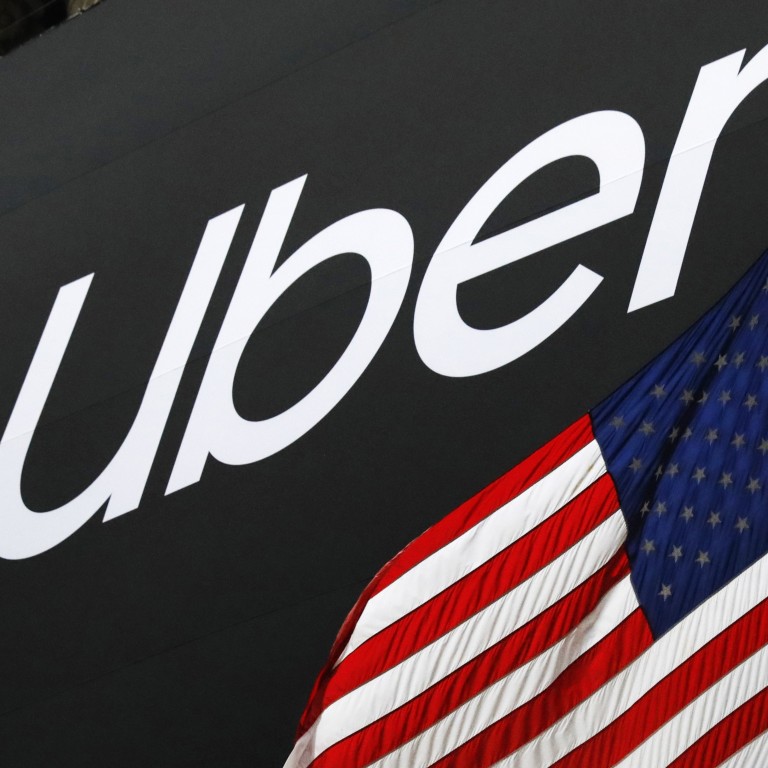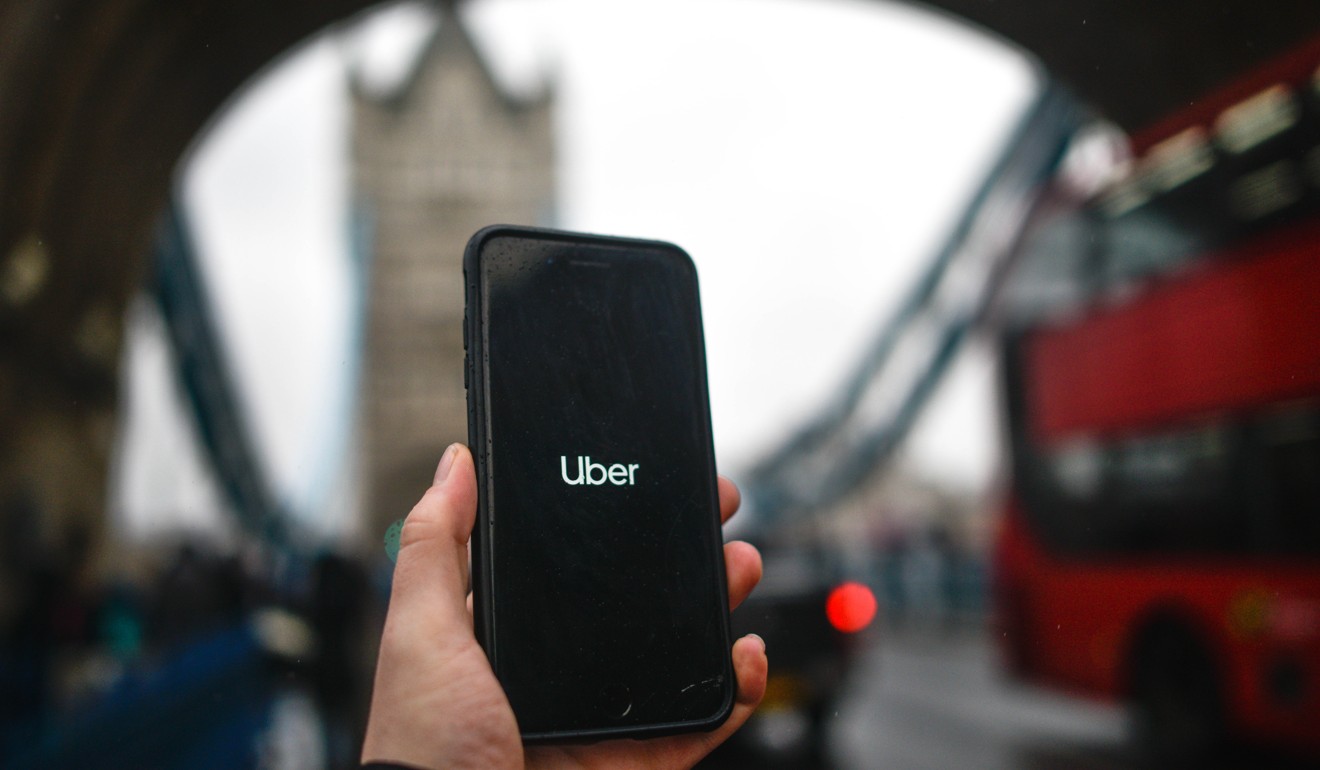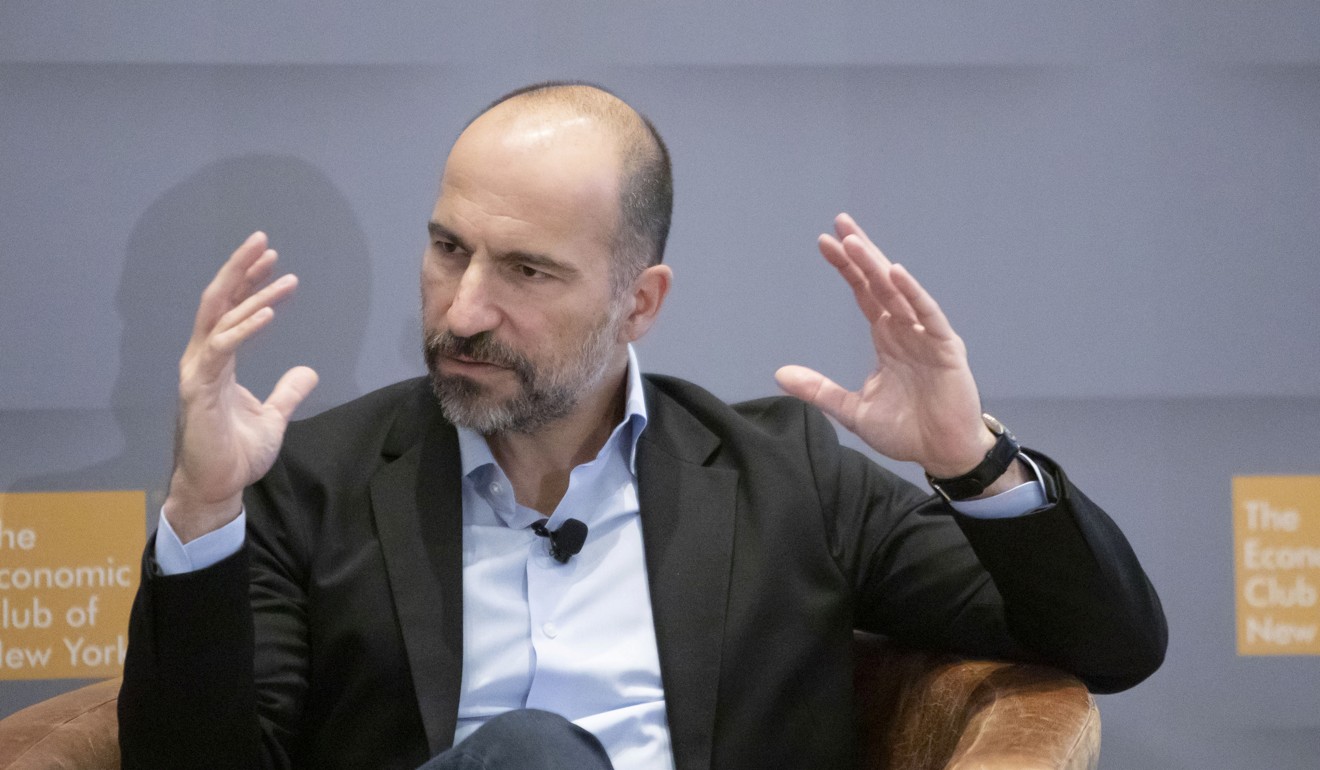
Uber reports more than 3,000 sexual assaults in one year in US
- In a long-awaited safety report, the ride-hailing giant also revealed that nine people were killed in physical attacks last year
- The sexual assault claims reported to Uber ranged from unwanted kissing to forcible penetration
The ride-hailing company released an 84-page safety report on Thursday, seeking to quantify the misconduct and deaths that occur on its system and argue that its service is safer than alternatives.
Want Gen Z consumers? There’s a meme account for that
US customers took about 1.3 billion trips last year, Uber said. About 50 people a year have died in collisions involving Uber cars over the past two years, at a rate about half the national average for automotive fatalities, according to the company. Nine people were killed in physical assaults last year, Uber said.
Uber drivers reported nearly as many allegations of sexual assault as passengers, who made up 56 per cent of claims. There is little comparable data on assaults in taxis or other transport systems, and experts have said the attacks are widely under-reported. The assault claims reported to Uber ranged from unwanted kissing to forcible penetration.

“Uber is very much a reflection of society,” said Tony West, Uber’s chief legal officer who helped spearhead the two-year research effort. “The sad, unfortunate fact is that sexual violence is more prevalent in our society than people think. People don’t like to talk about this issue.”
Uber had committed more than a year ago to release a safety study, a promise its competitor Lyft made soon after. Lyft, the second-biggest ride-hailing provider in the US, has yet to publish a report. On Thursday, Uber said it would regularly share data with Lyft and other companies about drivers accused of serious safety lapses and continue publishing safety reports every two years.
Uber has faced a steady stream of complaints in court across the country over driver misconduct, and Lyft has recently seen an explosion in legal claims by passengers. Just in California, at least 52 riders have sued Lyft this year over allegations they were assaulted or harassed by their drivers, according to court filings.
Any number of deaths or violence is a reminder of the risks inherent to taking a ride with a stranger and the limited oversight the company has over what occurs. By publishing the data, Uber is taking an unusual step for a company, by drawing attention to the dangers of its product.

Regulators in London cited uncertainty about Uber’s ability to ensure the well-being of its passengers as a reason they revoked the company’s licence to operate there last week. Uber will be able to continue operating in the UK capital as it appeals the decision. Dara Khosrowshahi, the CEO, said at an event earlier this week that “a precursor to trust is transparency.”
According to the study, the proportion of assaults to total trips decreased by 16 per cent last year as Uber implemented new safety tools, such as contacting drivers and customers when the system identifies unusual activity, as well as adding a button to call police from the app. “I do think Uber is one of the safest ways to get from point A to point B,” said West.
Uber disclosed five categories of sexual assault allegations. In 2018, it received 1,560 reports of non-consensual touching of a sexual body part, 594 reports of non-consensual kissing of a non-sexual body part, 376 reports of non-consensual kissing of a sexual body part, 280 reports of attempted non-consensual sexual penetration and 235 reports of non-consensual sexual penetration.
Counting assaults is a complicated matter. Only about one-third of claims the company received about penetration without consent were reported to the police, Uber estimated. In about a quarter of cases, Uber said its team didn’t successfully communicate with the victim after the initial report. Women reported 89 per cent of the rape allegations, the company said.

Uber opted not to disclose many other troubling forms of sexual misconduct that it had previously identified as possible reporting categories. For instance, the company did not say how many times drivers and riders made inappropriate comments to one another, nor did it disclose incidents of indecent exposure.
But advocates for victims of sexual violence called the decision to release data a potential watershed moment. “It’s really unprecedented for a company to collect this kind of systematic data over time and then share it with the public,” said Karen Baker, CEO of the National Sexual Violence Resource Centre, which advised Uber on the study. Baker said she has urged other companies in the hospitality and transport industries in the US to follow suit.
Both Baker and Uber’s legal chief said the company may see an increase in reports of sexual misconduct in the future. That would actually be a positive sign, Baker said, because it would reflect victims’ confidence that their claims would be taken seriously.

